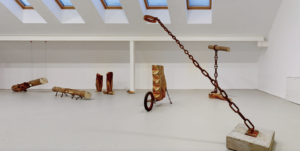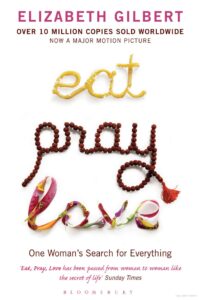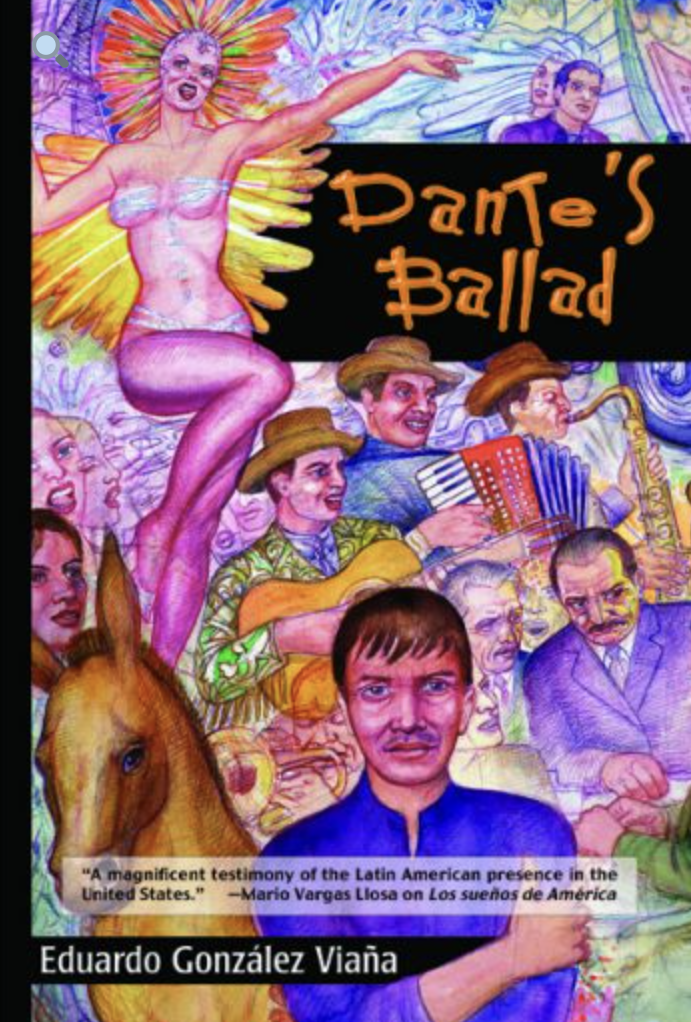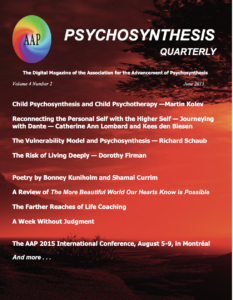Read the journal article here.
Danielius Sodeika “Midway Upon the Journey of Our Life…”

“Artworks of Danielius Sodeika are self-purposed. He doesn‘t make them for himself nor others. They appear to be more like questions leaning towards, like the way to check up if the impulse of the vector has continuance.”
“Small-scale sculptural objects from wood, metal, household elements or findings. With their form they remind religious, cultural or archetypal symbols. Storyline is more than in the objects themselves, but also in the spaces between – as signs of invisible power – that tightens chain and breaks the log. Probably it is artist’s way to speak about finality and inevitable entropy – because when it comes – it dominates over all demolishes all other meanings.”
Explore Danielius Sodeika’s exhibit here.
“Midway upon the journey of our life I found myself a forest dark, For the straightforward pathway had been lost.” -Dante Alighieri
Elizabeth Gilbert, Eat, Pray, Love (2006)
 “The Italian we speak today, therefore, is not Roman or Venetian (though these were the powerful military and merchant cities) nor even really entirely Florentine. Essentially, it is Dantean. No other European language has such an artistic pedigree. And perhaps no language was ever more perfectly ordained to express human emotions than this fourteenth-century Florentine Italian, as embellished by one of Western civilization’s greatest poets. Dante wrote his Divine Comedy in terza rima, triple rhyme, a chain of rhymes with each rhyme repeating three times every five lines, giving his pretty Florentine vernacular what scholars call a ‘cascading rhythm’ –a rhythm which still lives in the tumbling, poetic cadences spoken by Italian cabdrivers and butchers and government administrators even today. The last line of the Divine Comedy, in which Dante is faced with the vision of God Himself, is a sentiment that is still easily understandable by anyone familiar with so-called modern Italian. Dante writes that God is not merely a blinding vision of glorious light, but that He is, most of all, l’amor che move sole e l’altre stelle. . .
“The Italian we speak today, therefore, is not Roman or Venetian (though these were the powerful military and merchant cities) nor even really entirely Florentine. Essentially, it is Dantean. No other European language has such an artistic pedigree. And perhaps no language was ever more perfectly ordained to express human emotions than this fourteenth-century Florentine Italian, as embellished by one of Western civilization’s greatest poets. Dante wrote his Divine Comedy in terza rima, triple rhyme, a chain of rhymes with each rhyme repeating three times every five lines, giving his pretty Florentine vernacular what scholars call a ‘cascading rhythm’ –a rhythm which still lives in the tumbling, poetic cadences spoken by Italian cabdrivers and butchers and government administrators even today. The last line of the Divine Comedy, in which Dante is faced with the vision of God Himself, is a sentiment that is still easily understandable by anyone familiar with so-called modern Italian. Dante writes that God is not merely a blinding vision of glorious light, but that He is, most of all, l’amor che move sole e l’altre stelle. . .
“‘The love that moves the sun and the other stars.’
“So it’s really no wonder that I want so desperately to learn this language.”
– Elizabeth Gilbert, Eat, Pray, Love (2006)
Eduardo González Viaña, Dante’s Ballad (2007).
 “Y tú, quién sabe por dónde andarás, quién sabe qué aventuras tendrás, qué lejos estás de mí.” –Eduardo González Viaña, Dante’s Ballad, 2007
“Y tú, quién sabe por dónde andarás, quién sabe qué aventuras tendrás, qué lejos estás de mí.” –Eduardo González Viaña, Dante’s Ballad, 2007
“‘Remember that we’re in the U.S.,’ Dante Celestino is told when his daughter Emmita runs away. Friends and neighbors warn him that in the United States it’s not considered so unusual for a fifteen-year-old girl to run away. But Dante had counseled Emmita to date only Spanish-speaking Hispanic boys, and never anyone who joins gangs or deals drugs. Yet she ignores her father’s advice and—right in the middle of her quinceañera—runs away with a tattooed Latino who doesn’t speak Spanish and rides a lowrider motorcycle. And to complicate matters, Dante is in the U.S. illegally, making it difficult to report the girl’s disappearance to the police.
“So begins Dante’s odyssey. Accompanied by a lame donkey named Virgilio and the voice of his dead wife, he sets out for Las Vegas, where Emmita’s boyfriend—or abductor, as Dante considers him—supposedly lives.
[. . .]
“In this bittersweet tour de force originally published in Spanish as El Corrido de Dante, the First and Third Worlds join hands, and Mexican pueblo life and Internet post-modernity dance together in one of the most memorable fables to shed light on issues such as immigration, cultural assimilation, and the future of the United States with its ever-increasing Latino population.” –Arte Público Press
Learn more about Dante’s Ballad by Eduardo González Viaña at the publisher’s website here.

